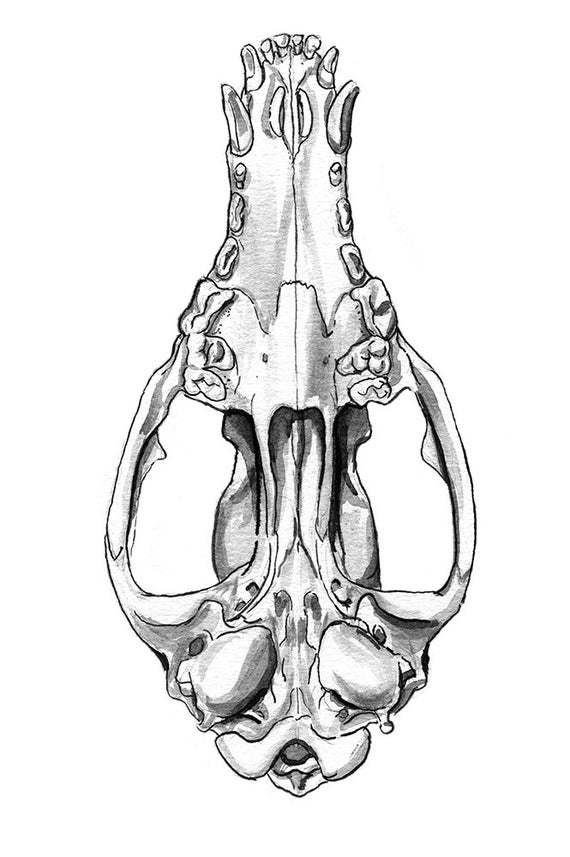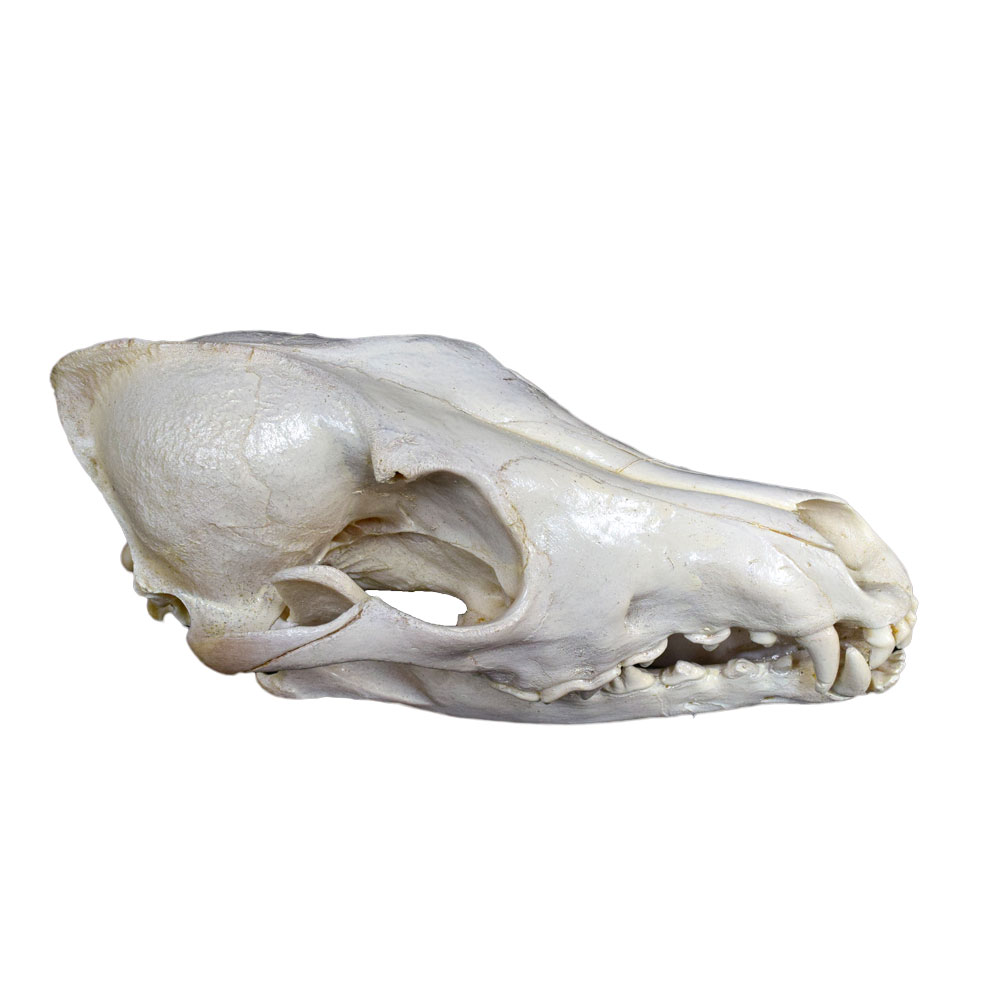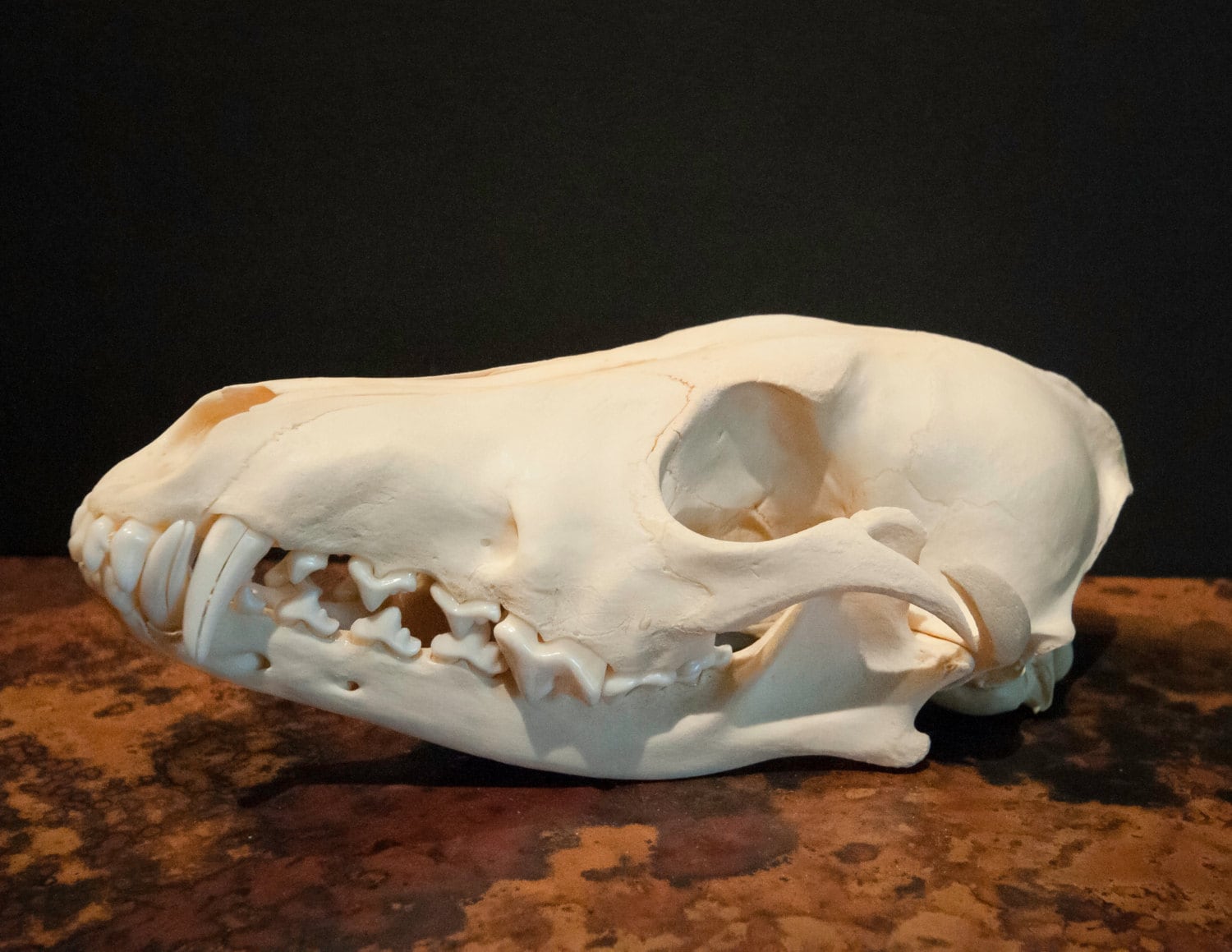
Linnaeus did not like him, writing in his autobiography that Telander "was better calculated to extinguish a child's talents than develop them". The parents picked Johan Telander, a son of a local yeoman. When Linnaeus was seven, Nils decided to hire a tutor for him. Linnaeus's father began teaching him basic Latin, religion, and geography at an early age. Carl's patronymic would have been Nilsson, as in Carl Nilsson Linnæus. The son also always spelled it with the æ ligature, both in handwritten documents and in publications. When Carl was born, he was named Carl Linnæus, with his father's family name. This name was spelled with the æ ligature. He adopted the Latinate name Linnæus after a giant linden tree (or lime tree), lind in Swedish, that grew on the family homestead. When Nils was admitted to the University of Lund, he had to take on a family name. Before that, ancestors had used the patronymic naming system of Scandinavian countries: his father was named Ingemarsson after his father Ingemar Bengtsson. Ĭarl's father was the first in his ancestry to adopt a permanent surname.
#Coyote skull sketch Patch#
Soon Linnaeus was given his own patch of earth where he could grow plants. Nils spent much time in his garden and often showed flowers to Linnaeus and told him their names. Whenever he was upset, he was given a flower, which immediately calmed him. Įven in his early years, Linnaeus seemed to have a liking for plants, flowers in particular. The family moved into the rectory from the curate's house. Ī year after Linnaeus's birth, his grandfather Samuel Brodersonius died, and his father Nils became the rector of Stenbrohult. Christina was the daughter of the rector of Stenbrohult, Samuel Brodersonius. One of a long line of peasants and priests, Nils was an amateur botanist, a Lutheran minister, and the curate of the small village of Stenbrohult in Småland. His father taught him Latin as a small child.
#Coyote skull sketch manual#
His siblings were Anna Maria Linnæa, Sofia Juliana Linnæa, Samuel Linnæus (who would eventually succeed their father as rector of Stenbrohult and write a manual on beekeeping), and Emerentia Linnæa. He was the first child of Nicolaus (Nils) Ingemarsson (who later adopted the family name Linnaeus) and Christina Brodersonia. Linnaeus was born in the village of Råshult in Småland, Sweden, on. See also: Linné family Birthplace at Råshult
#Coyote skull sketch code#
Linnaeus's remains constitute the type specimen for the species Homo sapiens following the International Code of Zoological Nomenclature, since the sole specimen that he is known to have examined was himself. In older publications, the abbreviation "Linn." is found. is used to indicate Linnaeus as the authority for a species' name. In botany and zoology, the abbreviation L. He is also considered one of the founders of modern ecology.

Philosopher Jean-Jacques Rousseau sent him the message: "Tell him I know no greater man on Earth." Johann Wolfgang von Goethe wrote: "With the exception of Shakespeare and Spinoza, I know no one among the no longer living who has influenced me more strongly." Swedish author August Strindberg wrote: "Linnaeus was in reality a poet who happened to become a naturalist." Linnaeus has been called Princeps botanicorum (Prince of Botanists) and "The Pliny of the North". He was one of the most acclaimed scientists in Europe at the time of his death.

In the 1750s and 1760s, he continued to collect and classify animals, plants, and minerals, while publishing several volumes.

In the 1740s, he was sent on several journeys through Sweden to find and classify plants and animals. He then returned to Sweden where he became professor of medicine and botany at Uppsala. He lived abroad between 17, where he studied and also published the first edition of his Systema Naturae in the Netherlands. He received most of his higher education at Uppsala University and began giving lectures in botany there in 1730. Linnaeus was the son of a curate and he was born in Råshult, the countryside of Småland, in southern Sweden. Many of his writings were in Latin his name is rendered in Latin as Carolus Linnæus and, after his 1761 ennoblement, as Carolus a Linné. He is known as the "father of modern taxonomy". ə s, - ˈ n eɪ-/ – 10 January 1778), also known after his ennoblement in 1761 as Carl von Linné ( Swedish pronunciation: ( listen)), was a Swedish botanist, zoologist, taxonomist, and physician who formalised binomial nomenclature, the modern system of naming organisms.


 0 kommentar(er)
0 kommentar(er)
